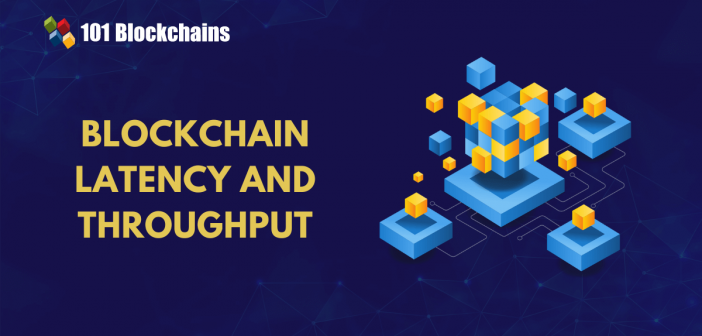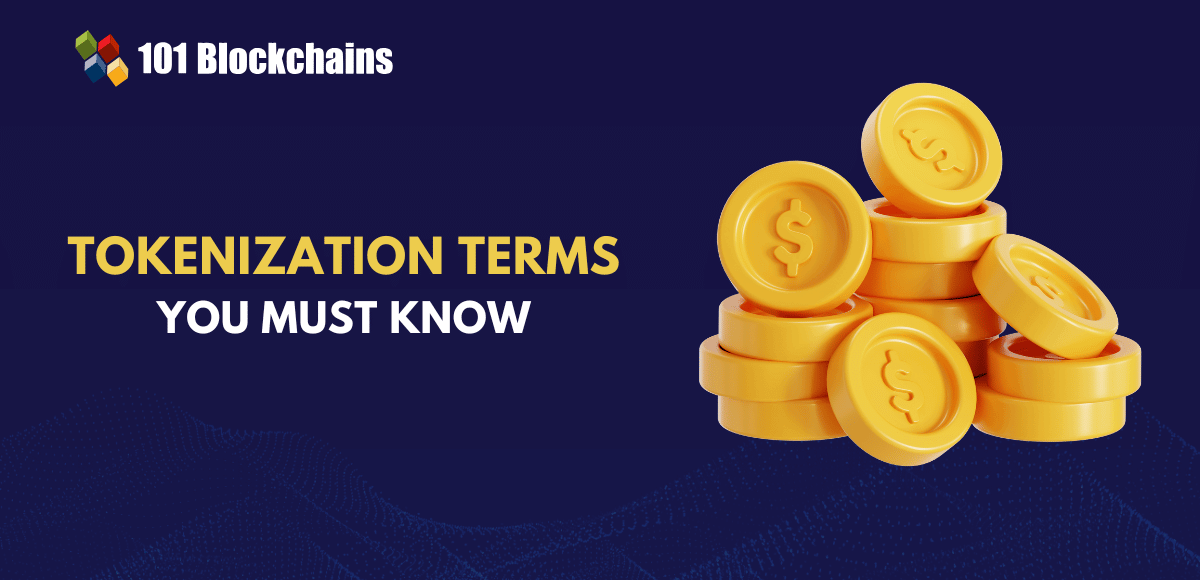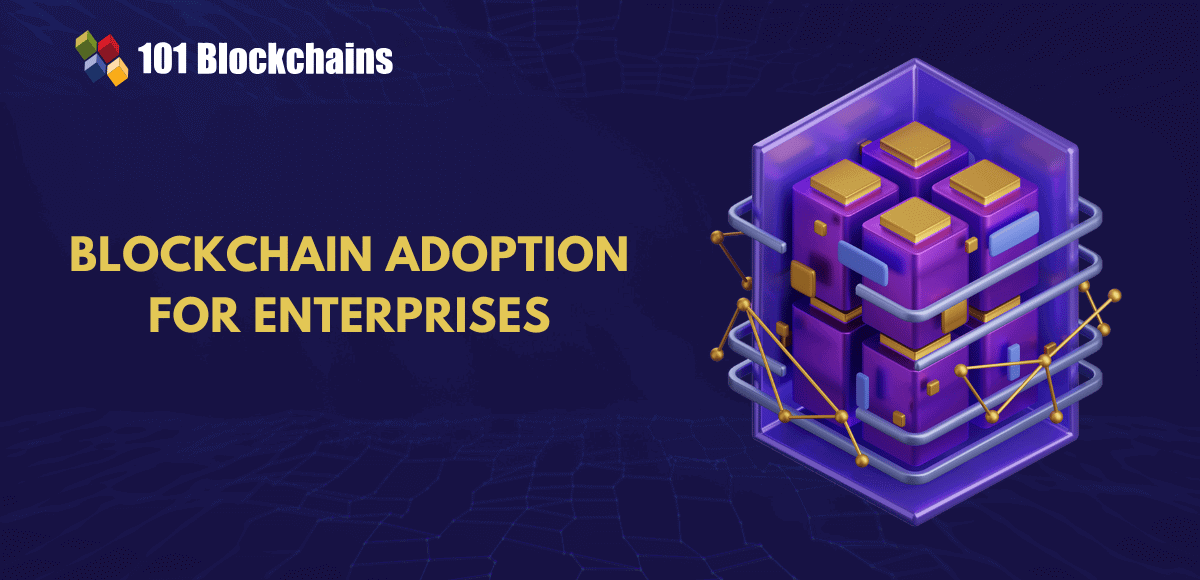Learn how blockchain truly works, master key definitions, and uncover what makes smart contracts so "smart." Dive into the fundamentals, gain valuable insights, and start your blockchain journey today!

- Blockchain
Georgia Weston
- on July 25, 2024
A Deep Dive into Blockchain Latency and Throughput
In the blockchain environment terms such as latency and throughput are frequently used. The realm has undergone unprecedented change in the last few years. Latency refers to the time that passes between the submission of a transaction and its finalization within a blockchain network. Throughput, on the other hand, means the transactions per second that can be processed by a blockchain network. The comprehension of both blockchain latency and throughput is essential to understand how blockchain networks work.
Blockchain latency and throughput are two important metrics that must be taken into account while measuring blockchain systems. Latency in blockchain is the first thing to keep in mind since it sheds light on transaction validity. The next thing is the throughput of the system. It gives a glimpse into the total load that can be handled by a blockchain system, per unit of time. Let us explore the role of latency and throughput in blockchain networks.
Build your identity as a certified blockchain expert with 101 Blockchains’ Blockchain Certifications designed to provide enhanced career prospects.
An insight into blockchain latency and throughput
Finding an answer to the question – “What is blockchain latency and throughput?” is pivotal to learn about blockchain systems. In a blockchain network, latency and throughput serve as key performance indicators. By measuring throughput and latency in blockchain it is possible to uncover data transmission and processing aspects in embedded systems and blockchain.
Latency in blockchain is the turnaround time between issuing a valid transaction within the blockchain network and its confirmation. Hence, from the point of view of customers it refers to the speed of the service. The shorter the time that is taken between two events, the better it is for blockchain users. Latency is an important factor that can enable blockchain technology to gain traction among users. The purpose should be to reduce latency so that the frustration that the average customer feels can be kept under check.
Throughput is the second key concept that one has to grasp in order to measure blockchain systems. The throughput is typically expressed in terms of transactions per second (TPS). It is an important aspect, especially for blockchain system designers. You can ascertain whether a blockchain system is reliable and efficient or not by measuring throughput and latency in blockchain. However, you must bear in mind that although both serve as important indicators, they are different from each other. This is because there exists a difference between latency and throughput in blockchain.
Get familiar with the terms related to blockchain with Blockchain Basics Flashcards.
Difference between latency and throughput in blockchain
The use of the terms blockchain latency and throughput is common in the realm of blockchain. By focusing on these metrics, it is possible to understand how they contribute to the reliability and promptness of blockchain systems. But you also need to understand the difference between latency and throughput in blockchain.
A common difference between them is that for measuring throughput you must focus on transactions per second. On the other hand, the measurement of latency in blockchain is possible in seconds. Thus, latency helps measuring how fast the confirmation of an individual is possible, whereas throughput helps measuring the total rate of translation over time.
When there exists intense competition, throughput remains constant. However, it is possible to change latency by simply altering the load. As when there is a rise in the load, the wait queue for customers will certainly get longer. When there is a lack of contention, the latency remains constant, but it is possible to alter the throughput by changing the load on the blockchain system. This is possible because in the case of low contention, the queue latency is zero and the minimum overhead relating to sending a transaction remains fixed.
By focusing on the use cases you can understand the key differences between the network metrics. For example, when blockchain is used in the finance domain, low latency is key to ensure instant and real-time settlements. Similarly, high throughput is fundamental to support a large number of financial transactions during peak times.
Elements impacting latency and throughput in blockchain
In order to address the question – “What is blockchain latency and throughput?” comprehensively you must become familiar with the associated factors. That’s right! A number of factors come into play that impact blockchain latency and throughput. The below variables can impact the metrics and the performance of blockchain systems:
-
Consensus mechanism
Undoubtedly, the consensus mechanism is among the most important factors impacting latency and throughput in the blockchain. Blockchain networks have to go through consensus algorithms. It is an important step to ensure the verification of transactions. Furthermore, this mechanism supports network accuracy by preventing any kind of data manipulation. The inclusion of consensus protocols increases latency by slowing down the network.
-
Scaling limits that have been self-imposed
In the case of public blockchains, typically a maximum block size may be set. This step is taken to enhance platform security while restricting the rates of transaction processing. It is a key variable that can impact.
-
Bandwidth
The network that carries out block level consensus needs a high level of bandwidth. Such a requirement is vital so that it can support proper distribution as well as processing of transactions. The slowest performing node factor can have a negative impact on blockchain latency and throughput. Diverse use cases of blockchain latency and throughput may have varying bandwidth requirements that may impact blockchain network performance.
-
Congestion of the network
Within blockchain networks congestion may occur when more transactions are sent than it is capable of handling. It is a common issue that may arise when a greater number of participants engage in transactions within blockchain networks. By reducing network congestion, it is possible to reduce latency in blockchain networks. Otherwise, it can lead to higher transaction costs and increase the waiting time for customers.
The elements that have been identified can have a significant impact. As a result, these variables can impact how blockchain networks and systems perform. While measuring them in blockchain, you must focus on these aspects. It can help to take appropriate measures to boost the performance of blockchain networks.
Start learning Blockchain with World’s first Blockchain Skill Paths with quality resources tailored by industry experts Now!
Need to measure blockchain performance
The measurement of blockchain performance is a fundamental step. In fact, by measuring blockchain performance it is possible to enhance their scalability. Now that you already know the answer to ‘What is blockchain latency and throughput?’ you know they can impact blockchain performance. You need to measure latency and throughput to uncover the performance of blockchain networks.
In recent years the application of blockchain technology is expanding to different areas such as finance, healthcare, supply chain management and many more. This trend has further magnified the need to not only measure blockchain performance but also take steps to improve it.
You need to measure it to identify whether a blockchain network is able to perform efficiently or not. For doing so it is imperative to know the difference between latency and throughput in blockchain. It is undoubtedly a critical step that can help you measure blockchain performance in detail.
Importance of blockchain latency and throughput in a nutshell
Now you already know that both latency and throughput are key to shape the performance of blockchain networks. You need to keep a tab on these performance metrics in order to boost the performance of blockchain systems. As the popularity as well as adoption of blockchain technology is increasing, it is a must to prioritize its performance and efficiency. Measuring latency and throughput is the fundamental step to gain valuable insights into the health of blockchain networks.
You should measure blockchain latency and throughput to identify performance gaps. By taking into account real-life use cases of blockchain latency and throughput, one can understand the need to lower latency and increase throughput. Furthermore, it is essential to take into consideration the important factors that can impact these performance metrics.
Whether you are new or experienced in the domain of blockchain, it is a must to familiarize yourself with latency and throughput. It is because these act as the chief metrics that help in measuring the performance of blockchain networks. As a customer you will obviously want the latency to be low as it can reduce your waiting time by ensuring that the confirmation of your transaction can be done quickly. Similarly, a high throughput will imply that a greater number of transactions can be processed by a blockchain network in a second.
Start learning Blockchain with World’s first Blockchain Career Paths with quality resources tailored by industry experts Now!
Conclusion
In blockchain technology, both latency and throughput act as indispensable components. These are the metrics that one can use in order to evaluate the performance of blockchain networks and systems. As the adoption of blockchain is on the rise, it is necessary to keep a tab on its performance.
By measuring latency, it is possible to measure the time that passes between the submission of a transaction and its confirmation or finalization. Similarly, by measuring throughput, one can get an insight into the number of transactions that can be processed within a second. These two elements can serve as important indicators that help to enhance blockchain network performance.






